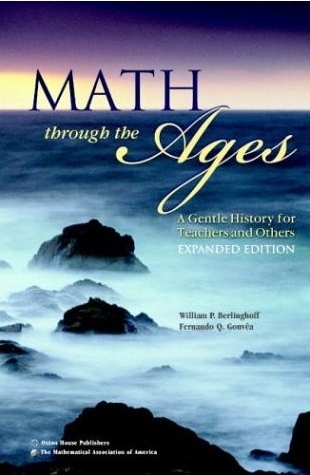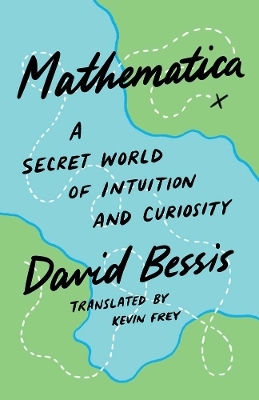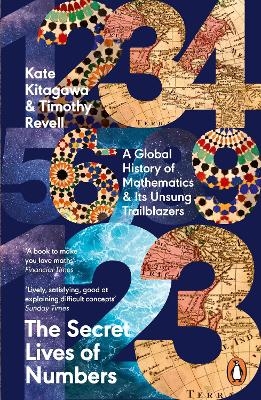
Math through the Ages
Mathematical Association of America (Verlag)
978-0-88385-736-6 (ISBN)
- Titel erscheint in neuer Auflage
- Artikel merken
Where did maths come from? Who thought up all those algebra symbols, and why? What's the story behind … negative numbers? … the metric system? … quadratic equations? … sine and cosine? The 25 independent sketches in Math through the Ages answer these questions and many others in an informal, easygoing style that's accessible to teachers, students, and anyone who is curious about the history of mathematical ideas. Each sketch contains Questions and Projects to help you learn more about its topic and to see how its main ideas fit into the bigger picture of history. The 25 short stories are preceded by a 56-page bird's-eye overview of the entire panorama of mathematical history, a whirlwind tour of the most important people, events, and trends that shaped the mathematics we know today. Reading suggestions after each sketch provide starting points for readers who want to pursue a topic further.
History in the mathematics classroom; The history of mathematics in a large nutshell; Sketches: 1. Keeping count - writing whole numbers; 2. Reading and writing arithmetic - where the symbols came from; 3. Nothing becomes a number - the story of zero; 4. Broken numbers - writing fractions; 5. Something less than nothing? - negative numbers; 6. By tens and tenths - metric measurement; 7. Measuring the circle - the story of p; 8. The Cossic art - writing algebra with symbols; 9. Linear thinking - solving first degree equations; 10. A square and things - quadratic equations; 11. Intrigue in renaissance Italy - solving cubic equations; 12. A cheerful fact - the Pythagorean theorem; 13. A marvelous proof - Fermat's last theorem; 14. On beauty bare - Euclid's plane geometry; 15. In perfect shape - the Platonic solids; 16. Shapes by the numbers - coordinate geometry; 17. Impossible, imaginary useful - complex numbers; 18. Half is better - sine and cosine; 19. Strange new worlds - the non-Euclidean geometries; 20. In the eye of the beholder - projective geometry; 21. What's in a game - the start of probability theory; 22. Making sense of data - statistics becomes a science; 23. Machines that think - electronic computers; 24. Beyond counting - infinity and the theory of sets; What to read next; Bibliography; Index.
| Erscheint lt. Verlag | 9.9.2004 |
|---|---|
| Reihe/Serie | Mathematical Association of America Textbooks |
| Zusatzinfo | Worked examples or Exercises; 85 Halftones, unspecified; 60 Line drawings, unspecified |
| Verlagsort | Washington |
| Sprache | englisch |
| Maße | 158 x 236 mm |
| Gewicht | 514 g |
| Themenwelt | Mathematik / Informatik ► Mathematik ► Geschichte der Mathematik |
| ISBN-10 | 0-88385-736-7 / 0883857367 |
| ISBN-13 | 978-0-88385-736-6 / 9780883857366 |
| Zustand | Neuware |
| Haben Sie eine Frage zum Produkt? |
aus dem Bereich



